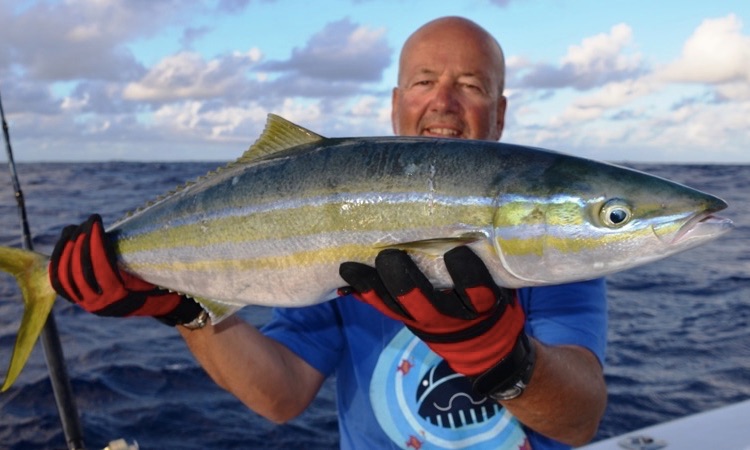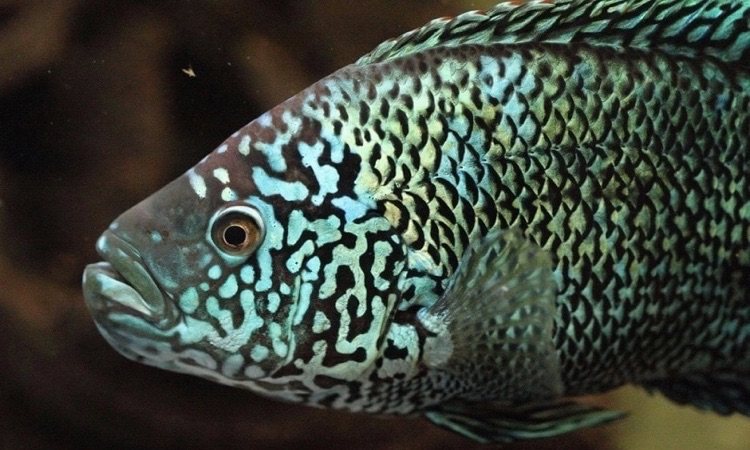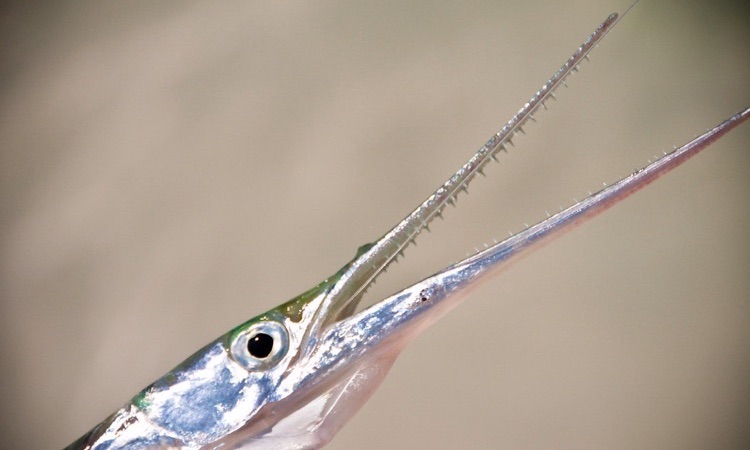The salmon shark is a large, carnivorous shark that is similar to the great white shark in terms of ancestry. The name “salmon shark” comes from one of the animal’s primary food sources, Pacific salmon.
Despite this abundant prey, the salmon shark attacks a wide range of marine creatures. Read on to learn more about this interesting species of shark.
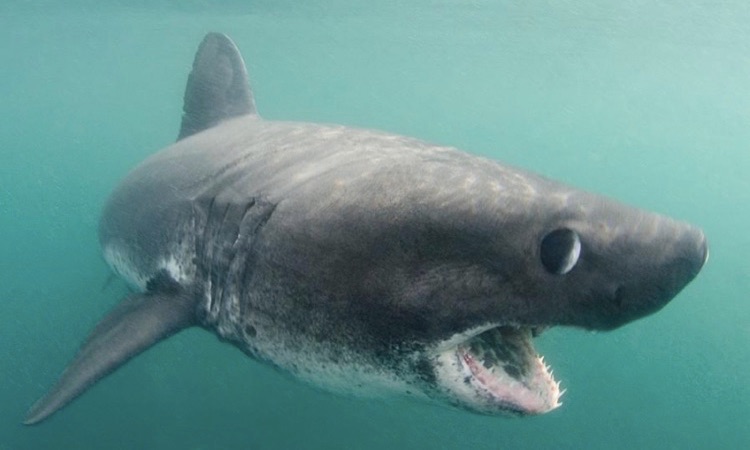
Quick Facts
- The salmon shark is also ovoviviparous, like other sharks.
- It is a grayish-colored shark with a paler underside, like other big sea creatures.
- Male salmon sharks are generally smaller than female salmon sharks.
- They can be found in both inshore and offshore environments.
- Male sharks are typically found in the west and female sharks in the east.
- These sharks grow between 6.5 and 8.5 feet and can weigh up to 480 pounds.
What is a Salmon Shark?
Because of their appearances and body form, many people confuse these sharks for great whites. They are smaller than their family members, however.
It’s worth noting that these predators have the ability to control their own temperatures. This is a talent possessed by only a few other fish species. They employ counter-current heat exchanges or retia mirabilia. Close proximity of arteries and veins creates heat within the sharks body.
In Japanese seas, where the shark is prevalent, it’s sometimes known by other names. The Japanese mackerel, sakezame, mokazame, and radukazame are some of them.
Appearance
The salmon shark is a grayish shark with a lighter underside that is akin to many huge sea creatures. It has white markings and dark blotches on the lower half of its belly, as well. The shark’s tail is also large, with a short ridge running down the upper side of the lower lobe.
Juvenile sphinxes are similar in shape and size, although they are somewhat smaller. Shorter noses and a similar look to a great white shark, albeit considerably smaller.
The great white shark is the world’s largest living predatory fish, reaching lengths of up to 8.6 feet (26 ft) and weighing up to 485 pounds (220 kg). Adult males are somewhat smaller than females.
The biggest verified length was 10 feet, with the most likely weight at 992 pounds. These sharks are thought to live up to twenty-five years old.
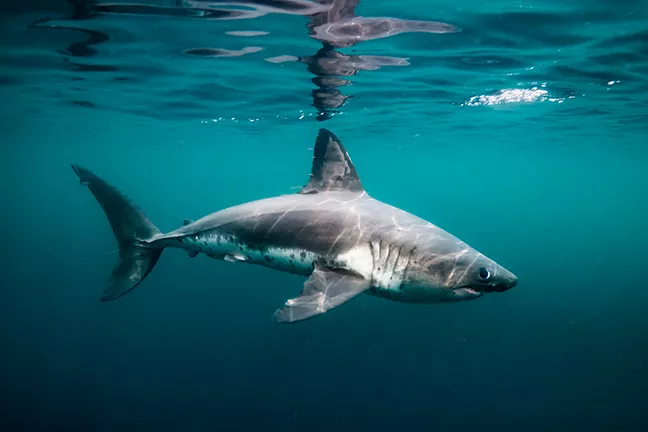
Habitat
Salmon sharks are found in both fresh and saltwater, although they are more common in offshore waters. They can be found from the sub-Arctic to subtropical regions. It is found in the North Pacific Ocean as far south as the Sea of Japan and as far north as Alaska.
Interestingly, and as documented in the paper, “Growth and Maturity of Salmon Sharks (Lamna ditropis) in the Eastern and Western North Pacific,” there is a variation in range depending on gender and age.
In the east, these sharks are mostly female, whereas in the west, they are mostly male. This gender split is unknown. The water temperatures around them are vital to many sea creatures, however salmon shark populations are unique in this respect.
The shark can adjust its own temperature, even if the surrounding water temperature changes. The salmon shark employs counter-current heat exchangers, also known as retia mirabilia.
Warm blood from the gills and cold blood from the gills warm up each other. This helps to keep the blood warm. This enables salmon sharks to live in chilly temperate seas.
The Sea of Okhotsk, Bering Sea in the Northeast Pacific, and waters in Southern Baja California near Mexico are all examples of cold seas.
Diet of the Salmon Shark
Salmon sharks are known to consume a wide variety of food, including herring, squid, salmon, birds, sea otters, and more. Halibut, pollock ,sablefish ,and other fish are among them.
Reproduction
The salmon shark is ovoviviparous, like other sharks. This means that they hatch within the body and stay there until the mother is ready to give birth. The embryos consume the mother’s eggs.
The average number of pups in a salmon shark litter is two to six. Females are thought to reach maturity at around nine years old, whereas males do so at five years old.
The gestation time is around nine months. There are approximately 2.2 males for every female in pups, according to folklore.
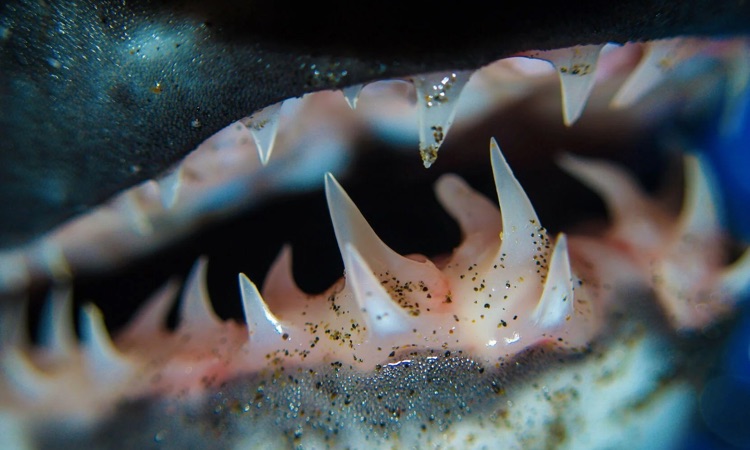
Threats to Salmon Sharks
Salmon sharks face no particular danger from fisheries. There are no reports of commercial fisheries targeting salmon sharks.
They may be taken as bycatch, however they are generally released. Because of their propensity to damage fishing gear, they are frequently referred to as a nuisance. They are also prone to eat significant portions of the intended catch.
Due to the high number of these sharks being harvested as bycatch, they are considered to be at risk of extinction. This is exacerbated by the growth on beaches and near coastlines where hatcheries are located, which contributes to the destruction of their natural habitats.
When these sharks are caught, their fins are occasionally chopped off and sold. The flesh of these fish is not often available in the United States, although it does happen. Leather and oil are more frequently produced from salmon shark captures.
Salmon sharks are not considered a danger to humans. They are presumed capable of causing harm to people, but there have never been any recorded attacks. Salmon sharks are occasionally hunted by other bigger sharks, including their greatest natural predator, the great white shark.

